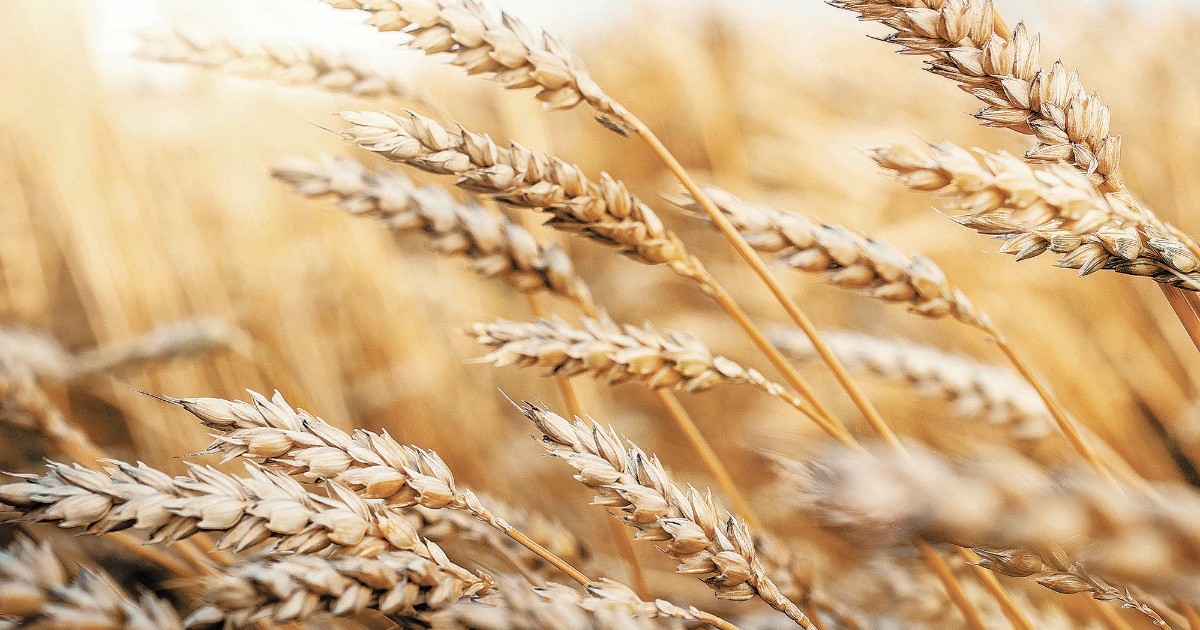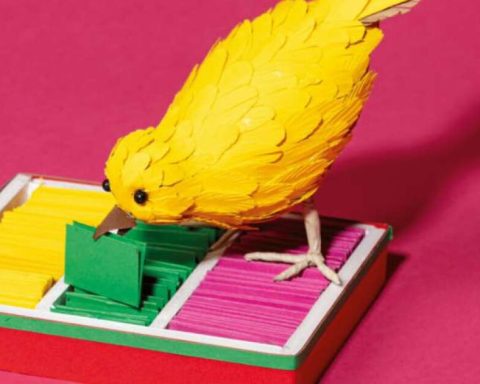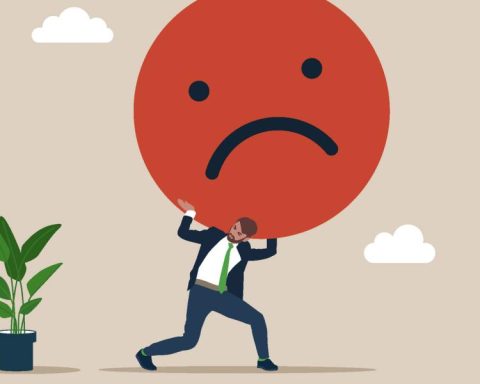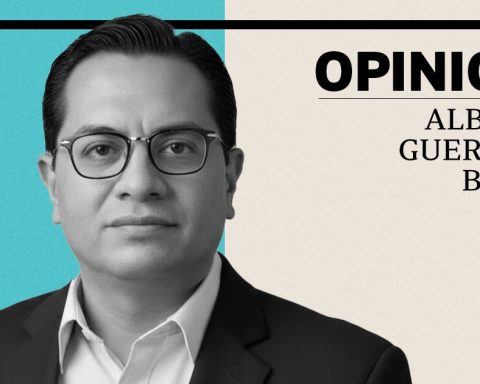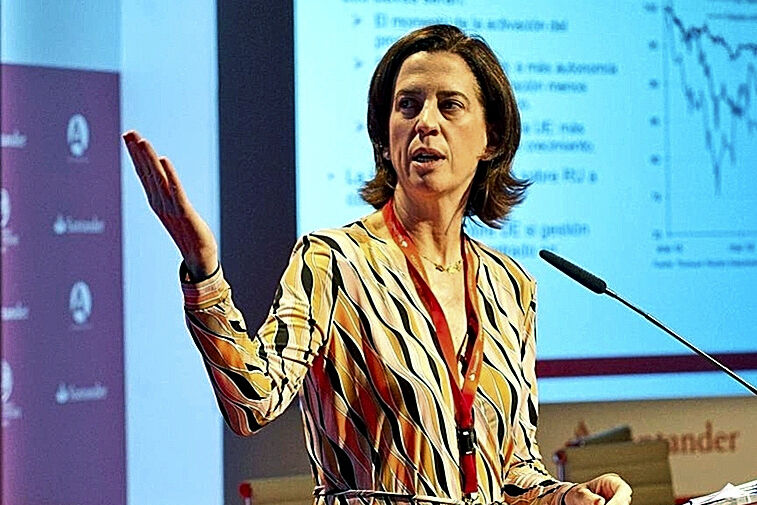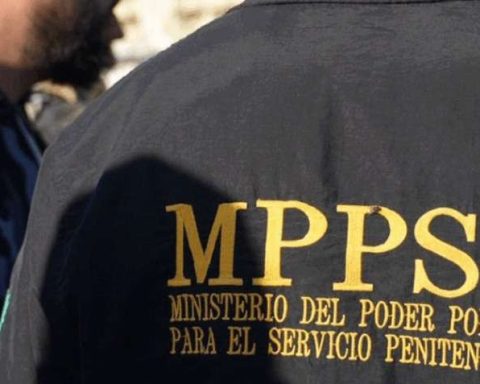What is AMLO’s plan against the rise in corn and wheat? The president has spent a lot of time talking about energy and has launched a controversial gasoline subsidy program, but has not shed light on what the government will do on this issue that is as important to households as gasoline or gas. Wheat has risen 50% so far in 2022 and corn accumulates increases of 27.7% from January to date. Bread is made with wheat and tortillas with corn. It is impossible to find a couple of more widely consumed products in our country.
The increases in wheat and corn in recent weeks are related to Russia’s invasion of Ukraine, as these two countries are major grain producers and exporters. Together they contributed 29% of world wheat exports and approximately 14% of corn. The war is serious enough, but it is not the only reason for the price hikes in these grains. Corn and wheat began to rise strongly in 2021, as a result of increased demand in the “post” covid recovery and also due to poor harvests, associated with extreme temperatures in the United States, Canada and Eurasia. In 2021, the price of corn rose 44%, according to the FAO. In the case of wheat, the increases were 31% last year.
We have had two years of sharp rises in grain prices and that forces countries like Mexico to review how prepared it is for circumstances where basic grains are at their highest levels since 2008, according to figures from the Organization of the United Nations United Nations for Food and Agriculture.
What does it mean to be prepared? Mexico developed an agri-food strategy in which it became a producer and exporter of fruit and vegetables. A quarter of a century after the entry into force of NAFTA, it is clear that we have become the orchard of North America, we are leaders in the production of avocado, tomato and strawberries or berries, for example. The leadership in these products was achieved at the cost of a growing vulnerability in basic grains, where we have increased our purchases from the United States, to the point of becoming their main customer.
In 2021, we imported 4.9 million tons of wheat and 17.9 million tons of corn. Last year we spent or invested 4,595 million dollars on corn purchases, 77% more than in 2020. In the case of wheat, it was 4,011 million dollars, a figure 52% higher than that of 2020. No desire to disturb , it is worth including soy in the cart. In 2021, our imports of this product totaled 4,011 million dollars, 52% more than in 2020. So far in 2021, soybeans have risen 24% in international markets.
High grain prices will continue in 2022 due to the conflict in Ukraine and the climate disorder. This will be one of the factors that will drive inflation in Mexico. In fact, food register increases well above the consumer price index. This is a challenge for the authorities and a severe problem for Mexican families, particularly for low and medium income groups, who spend around 50% of their income on food.
The red lights in food force a magnifying glass to be put on Segalmex, a public body that was supposedly born in 2019 to guarantee food security, among other things through the importation of basic grains that Mexico’s public policies require. I say allegedly because its brief history is marked by observations from the Superior Audit of the Federation and credible accusations of fraud for more than 8,000 million pesos, in addition to fictional versions of transactions with pantries to Venezuela. Its director, Ignacio Ovalle, was also director of the sadly famous Conasupo, in the days of Carlos Salinas.
In the making is a crisis due to the rise in prices of wheat and corn. We have to face an organization that wants to replicate policies of the 70’s that failed, what can go wrong?
General Editorial Director of El Economista
Safe
Degree in Economics from the University of Guadalajara. He studied the Master of Journalism in El País, at the Autonomous University of Madrid in 1994, and a specialization in economic journalism at Columbia University in New York. He has been a reporter, business editor and editorial director of the Guadalajara newspaper PÚBLICO, and has worked for the newspapers Siglo 21 and Milenio.
He has specialized in economic journalism and investigative journalism, and has carried out professional stays at Cinco Días in Madrid and San Antonio Express News, in San Antonio, Texas.
